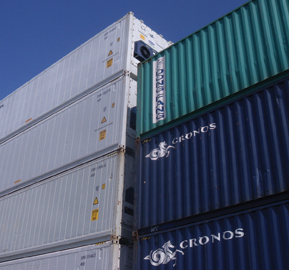
Most, 73 per cent of organisations are encountering ‘some’ or ‘significant’ detrimental affect on the supply side. This was, in part, caused by the fact that a bare half (49.5pc) of businesses had plans in place that sufficiently covered them for the supply chain issues that arose during the first few months of the coronavirus.
That’s according to a report by the Business Continuity Institute (BCI), titled COVID19: The Future of Supply Chain. Those responding indicate that many lessons have be learnt, and that organisations will be taking steps to ensure their supply chains are more robust for the next incident or crisis, the BCI adds.
Over half (57.2pc) will look to diversify their supplier base post-pandemic; for many, this means reducing their reliance on the Far East (29.9pc), and a further 13.1pc from China. There will also be a shift towards sourcing goods more locally (66.2pc), and others will look at more stockpiling.
Other areas highlighted for improvement include – due diligence deeper into their supply chains, although this has largely been carried on tier 1 suppliers, improvements can be made on tier 2 suppliers and beyond; and improved documentation, including specific pandemic plans that include supply chains.
Comment
BCI Head of Thought Leadership, Rachael Elliott said: “With three out of four organisations reporting their supply chains have been adversely affected by COVID-19, this report serves as a timely overview of the issues organisations have suffered throughout the pandemic. It serves as a benchmark to organisations, but also offers suggestions on measures organisations could consider implementing into their future supply chain strategies to help similar issues reoccurring in the face of a second wave or future global crisis.
“Whilst the pandemic continues to wreak havoc with supply chains globally, it has also brought opportunity: many organisations are already actively investing in new technologies to help with activities such as supply chain mapping, whilst others have developed cross functional teams – which they plan to keep post-COVID – to work together to help combat supply chain issues in a more organisationally cohesive way.”

